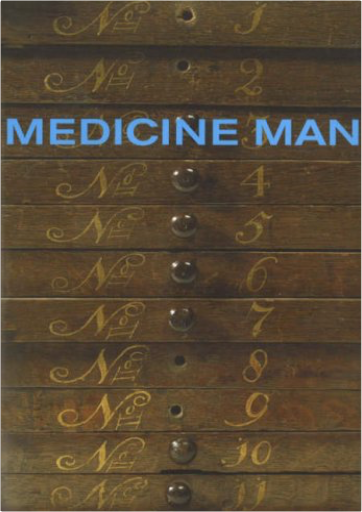 This introduction to the vast and extraordinarily diverse collection of Sir Henry Wellcome (1853-1936) is published to accompany an exhibition at the British Museum in June 2003. It brings together the histories of art, science and society, and includes both the beautiful and the banal. 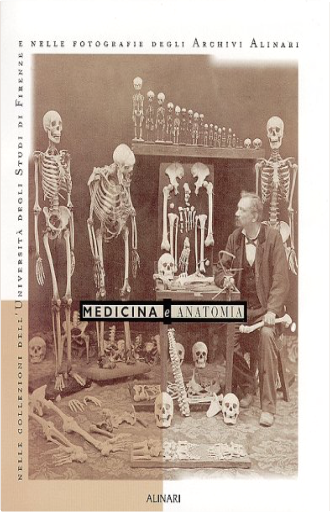 8872922267  Living in a time when it was scandalous even to show a bit of ankle, a small number of courageous women covered their bodies in tattoos and traveled the country, performing nearly nude on carnival stages. These gutsy women spun amazing stories for captive audiences about abductions and forced tattooing at the hands of savages, but little has been shared of their real lives. Though they spawned a cultural movement—almost a quarter of Americans now have tattoos—these women have largely faded into history. |  In 16th- and 17th-century Spain, sculptors and painters combined their skills to depict, with astonishing realism, the great religious themes. Wooden sculptures of the saints, the Immaculate Conception, or the Passion of Christ were painstakingly carved, gessoed, and intricately painted, even embellished with glass eyes and tears and ivory teeth. Some were shockingly graphic in their depiction of Christ's sufferings; others, beautifully clothed, appeared to bring saints to glorious life. These were objects of divine inspiration to the faithful, whether displayed on altars or processed through the streets on holy days.  Russian film posters of the 1920s and 1930s bear witness to the artistic creativity of the former Soviet Union in the years before Soviet Realism became the official art doctrine under Stalin. This book represents a survey of these works. |

Morbid Anatomy Museum
Collection Total:
1,253 Items
1,253 Items
Last Updated:
Jan 26, 2016
Jan 26, 2016
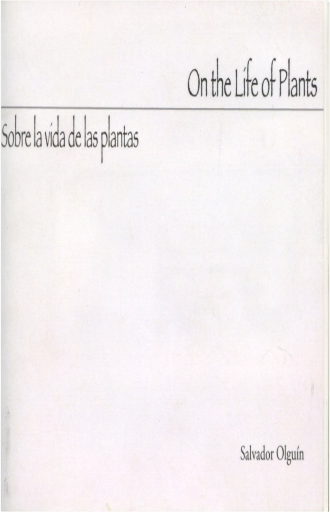

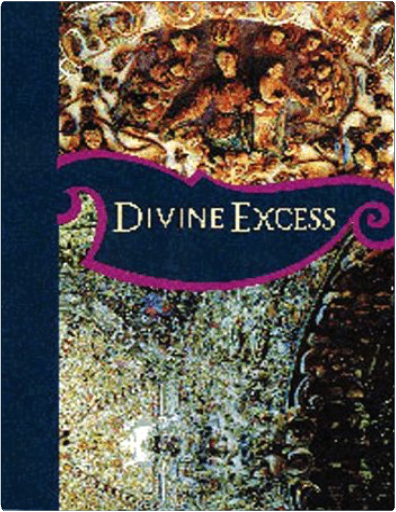
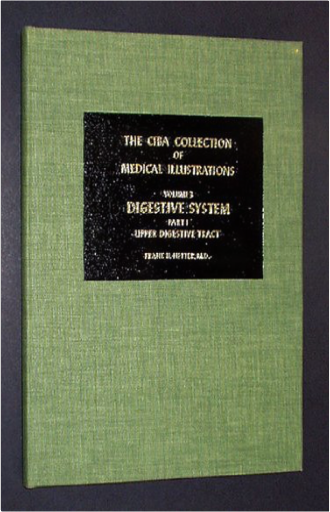
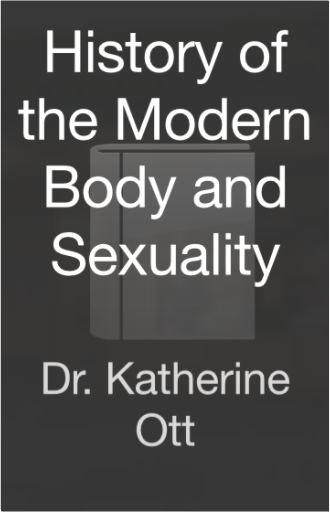

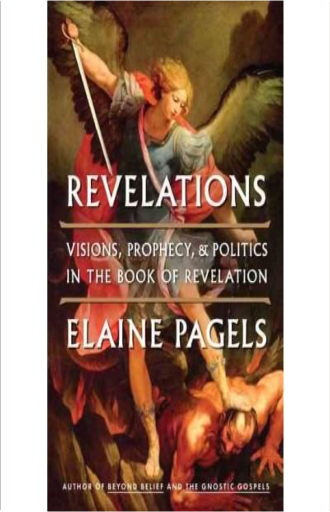
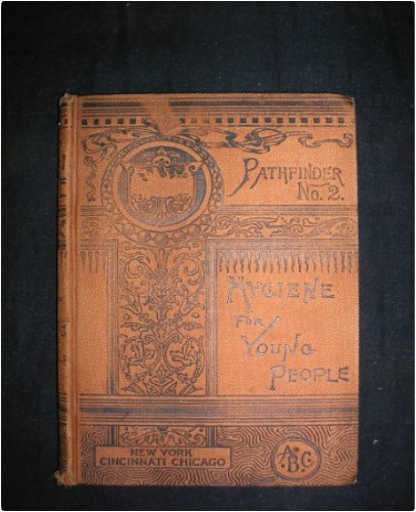

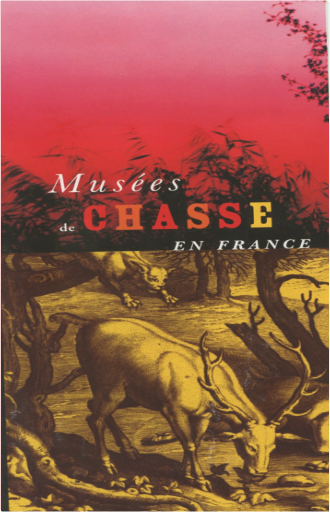
 Made with Delicious Library
Made with Delicious Library